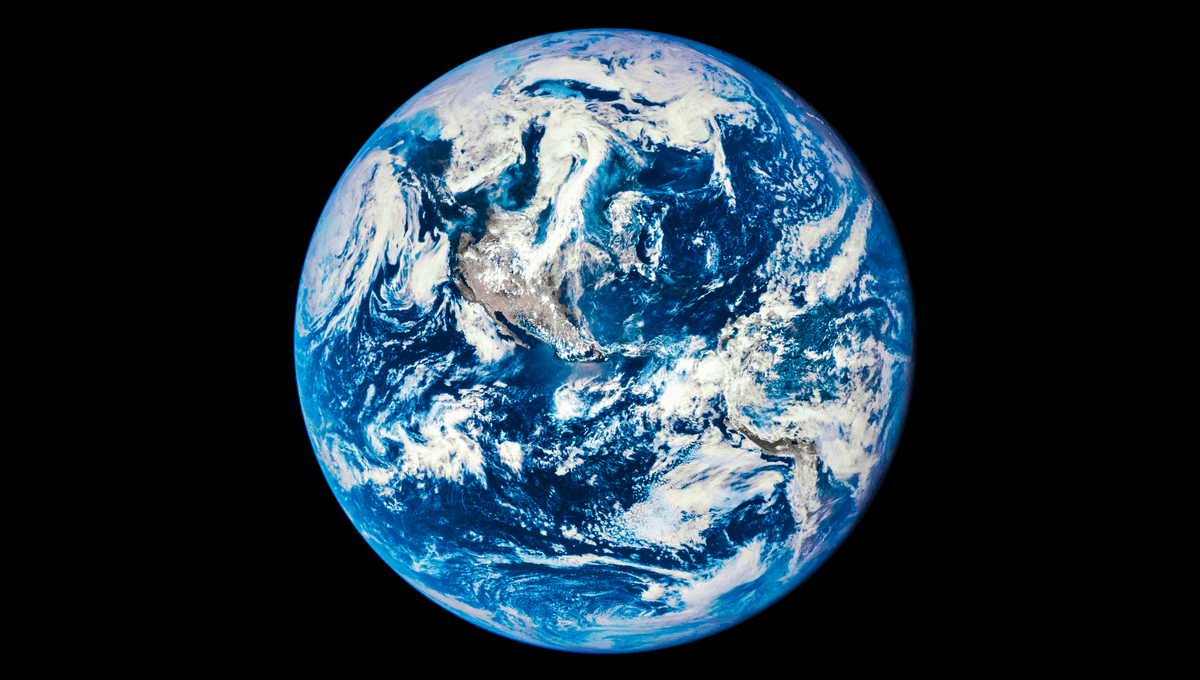
Our best estimates of the composition of the universe indicate that it is mostly dark matter and dark energy, neither of which have been detected on Earth. Even the baryonic matter we sometimes call the “observable universe” is three quarters hydrogen and 23 percent helium, by mass, and even less if you’re counting atoms. It’s a very different matter on Earth, where helium is among the rarest elements, and hydrogen is a fraction of one percent of the crust and much less of the Earth as a whole.
Where we started
On the scale of the universe, hydrogen is abundant primarily because so much of it was made in the Big Bang. In the first moments after its birth the universe was a mess of quarks and gluons. Once things settled down, most observable matter consisted of electrons, protons, and neutrons, along with some more exotic subatomic particles. The electrons and protons generally found each other to form hydrogen. A small amount of helium and even less lithium was also produced.
Much of that primordial lithium has been destroyed in stars, but the same stars fused hydrogen to become helium and, later in their lives, into the rest of the periodic table. Nevertheless, if you look at the universe as a machine for converting hydrogen to other elements, it is still young, with most of its journey ahead of it.
Looking only at the Earth, however, that job seems almost complete. Our oceans are two parts hydrogen to one part oxygen (with the sodium, chlorine, and other salt-making elements thrown in). Some is also bound up in rocks or attached to carbon molecules as methane in the atmosphere. Still, as a proportion of the atoms in the planet as a whole, there isn’t much hydrogen.
There’s far less helium, however; so little that no one noticed it until its spectral lines were spotted during an eclipse.
Like all the planets, the Earth was formed out of a protoplanetary disk. This in turn was made up of hydrogen and helium from the Big Bang, along with a sprinkling of heavier elements fused in earlier generations of stars and spread across the galaxy in supernova and kilonova explosions.
The Sun, and the gas giant planets of the outer Solar System have compositions that approximately reflect this, although of course plenty of the Sun’s original hydrogen is now helium. The Earth, and other inner planets, are completely different.
So where did these elements go?
Besides their abundance in the universe, what hydrogen and helium share is that they are both very light gases. That means they can easily escape the Earth’s gravity. A larger planet, such as Jupiter, has held onto much more of each by virtue of having so much more gravitational pull; Earth simply wasn’t big enough.
Adding to that, the Earth is a lot closer to the Sun than the gas giants. Gases get warmed more, giving them energy that increases the chance of escape.
Helium is particularly rare because, being a noble gas, it almost never combines with any other atoms that might tether it enough to prevent escape. Most planetary scientists doubt any of the original helium from the planetary disk survives on Earth, although a mechanism has been proposed that could account for a little. The helium we do have is largely a result of radioactive decay of heavier elements. One common form of decay involves the production of alpha particles, whose two protons and two neutrons are the same as the nucleus of a helium-4 atom. Once released, alpha particles can capture electrons from the environment to become helium.
If released near the surface, the helium atom is likely to make its way to the atmosphere, and then to space. However, helium produced from radioactivity deep underground can become trapped in cavities within the Earth.
Although widely associated with party balloons, helium has more important applications like cooling scientific equipment and MRI machines to temperatures too cold for alternatives like liquid nitrogen. Our stocks depend on drilling into ancient spaces where helium has built up over millions of years. The same spaces often also hold other gases in much greater abundance, and most helium stocks were collected as a byproduct during drilling for methane. However, as the world turns away from fossil fuels, higher concentration helium sources may become priorities.
Hydrogen is more abundant on Earth than helium because it bonds readily with elements like oxygen. A molecule of water vapor weighs nine times as much as an H2 molecule, making it far less likely to escape. Nevertheless, most of the hydrogen in the planitesimals that combined to form the Earth is thought to have escaped long ago, particularly when impacts turned the planet’s surface to a sea of magma.
There is a long-running debate over whether Earth’s water includes hydrogen from the planet’s formation that survived deep in the mantle, or if the Earth ran dry at one point, before being refreshed by hydrogen in comets and asteroids. Irrespective of which side is right, however, the Earth is lucky to have as much hydrogen as it does. The Moon and other inner planets have much less, having lost most through similar processes to those on Earth, but with even less gravity to prevent escape.
All “explainer” articles are confirmed by fact checkers to be correct at time of publishing. Text, images, and links may be edited, removed, or added to at a later date to keep information current.
Source Link: Why Are The Universe's Most Common Elements So Rare On Earth?